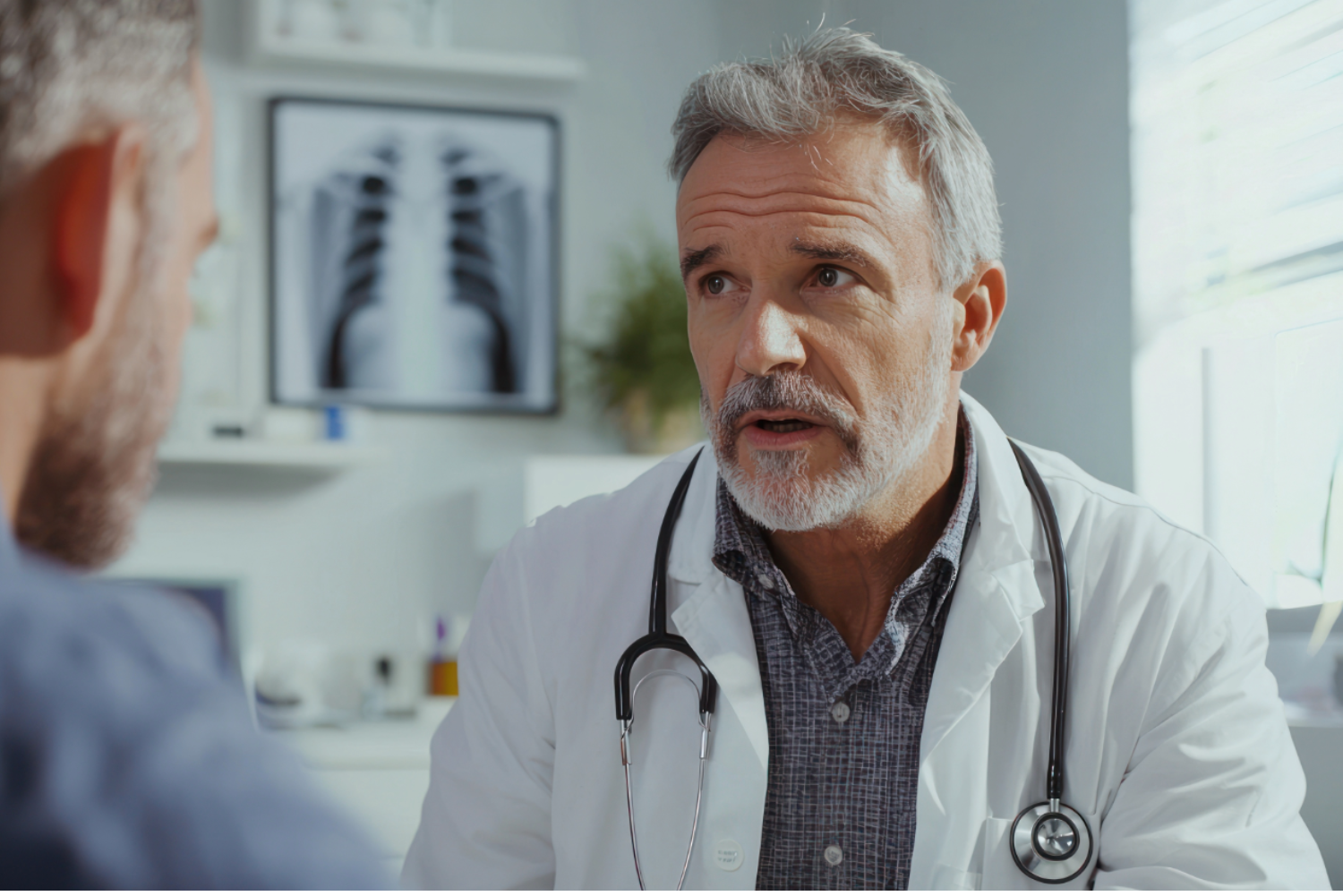News
Howard Head Sports Medicine's Stephanie Drew Talks Incontinence & Bladder Irritants
So you've been doing Kegels. Go you! Seeing improvements? I hope so! If not don't lose hope!
Let me tell you a little bit more about your bladder. Last column I mentioned a "feedback loop" between your pelvic floor and your bladder. The bladder is a hollow muscular organ that sits fairly low in your pelvis. When it fills with urine it stretches like a water balloon. When your bladder contracts your pelvic floor should relax and voila! You pee!
The reverse is also true. When your pelvic floor contracts it helps to inhibit bladder contraction and reduce the urge to pee. (Hence it's a bad idea to practice Kegels while peeing your body can't figure out if you're wanting it to go or to stop.)
There are three major types of incontinence.
- Stress incontinence: This is primarily a weakness issue. The pelvic floor is not strong enough to hold back urine against the forces of gravity and the pressure created by the bladder contracting. Think Kegels like we talked about last column.
- Urge incontinence: This is primarily a lifestyle issue. Your bladder is a sensitive fellow (gal?) and is easily irritated by things you eat or drink.
- Mixed incontinence: To state the obvious this is a mixture of stress and urge incontinence. You may have elements of both weakness and lifestyle irritants.
The Biggest Culprints
What are "lifestyle irritants"? The biggies are:
- alcohol
- caffeine
- tobacco
- artificial sweeteners
There may be other things that bother your specific bladder but this short list is a good place to start.
Basically what happens is that as your bladder fills these substances irritate the sensitive lining of the bladder. The bladder wants to get rid of the irritant so it contracts to empty itself. When the bladder contracts you get a strong urge to pee.
Keep Track of What You Eat and Drink Notice the Effects
What I usually tell my patients is to keep a diary of what they eat and drink for a few days. Do you notice that every time you eat/drink a certain thing you have more leakage? Try cutting it out for a few days and see if your symptoms improve.
Training Your Bladder
Another aspect of urge incontinence is the "mind over matter" aspect.
Bladders are vicious taskmasters. If you allow your bladder to dictate your schedule and start going to the bathroom before you really need to (a JIC or "just in case" trip to the loo) your bladder will start prompting you sooner and sooner to empty it. And you end up with a tiny bladder.
Don't worry this is not a physiological shrinking and it is quite reversible! We'll talk more about this next time. Sorry to leave you hanging...I know you're at the edge of your (toilet) seat but I'm out of words for this month!
Stephanie Drew DPT WCS is a physical therapist with Howard Head Sports Medicine in Edwards. She specializes in women's health pelvic floor rehabilitation and orthopedics. She can be reached at stephanie.drew@vvmc.com.
More News
-
New!
More

Screening Secrets: What Every Man Should Know About Prostate Cancer Screening
Prostate cancer is the most common type of non-skin related cancer in men, and it is the second leading cause of cancer-related deaths in men within the United States, behind lung cancer. Fortunately, if caught early, prostate cancer remains highly treatable and curable with minimally invasive procedures.
-
New!
More

Unplug to Recharge: Why a Digital Detox Is the Real Power Move for 2026
Our phones promise connection, convenience and control, yet most of us feel more scattered, stressed and sleepless than ever. The constant pings, scrolls and notifications have rewired our brains for distraction. The fix? Not abandoning technology altogether, but reclaiming balance.
-
New!
More

Beyond the Scale: Why Nutrition and Exercise Work Better Together
For decades, weight loss advice has been distilled into a simple equation: calories in, calories out. Eat less, maybe combine that with exercise, and the pounds will fall away. But according to experts at Vail Health, that equation overlooks a much bigger picture.





